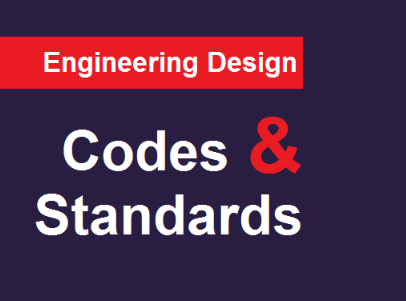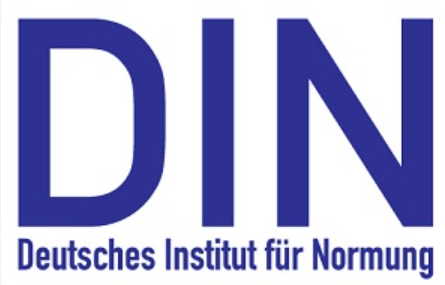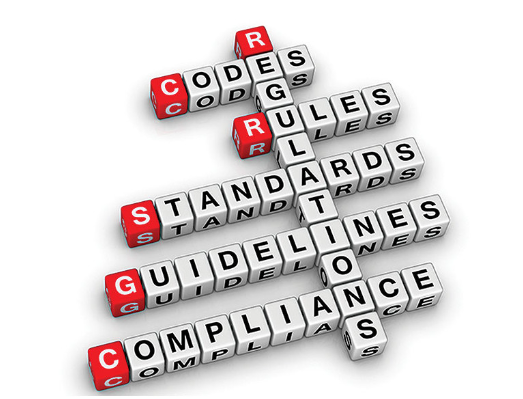

1. DIN’s Mission: DIN Standards
What is the mission of the Deutsches Institut für Normung (DIN)?
Explanation: The mission of DIN is to develop norms and standards for industry, government, and society at large to ensure safety, quality, and efficiency.
2. DIN’s History
What was the original name of DIN when it was founded in 1917?
Explanation: The original name of DIN when it was founded in 1917 was “Normenausschuss der deutschen Industrie (NADI).”
3. DIN’s Impact
How does DIN impact various sectors according to the provided information?
Explanation: DIN impacts various sectors by enabling consistent quality, interoperability, and safety across industries.
4. DIN’s Key Features
Which of the following is a key feature of DIN mentioned in the provided information?
Explanation: A key feature of DIN is that it is a non-profit association based in Berlin.
5. Examples of DIN Standards
Which DIN standard defines the widely used A4 paper size?
Explanation: DIN 476 defines the widely used A4 paper size.
6. DIN’s Collaboration
Who are the stakeholders with whom DIN collaborates, according to the provided information?
Explanation: DIN collaborates with industry, trade, consumers, and public authorities to develop consensus-based standards.
7. DIN’s Recognition
What is DIN’s status as a national standards body for Germany?
Explanation: DIN is a non-profit association and the recognized national standards body for Germany.
25+ Relevant topics on Codes & Standards
Short Article on Codes & Standards


Deutsches Institut für Normung (DIN Standards): A Pillar of German Standardization
The Deutsches Institut für Normung (DIN) is a vital force shaping the landscape of technical standardization in Germany and beyond. Here’s a breakdown of its key aspects:
Mission:
- Develops norms and standards for industry, government, and society at large.
- Fosters consensus-based solutions that meet market needs and ensure safety, quality, and efficiency.
History:
- Founded in 1917 as “Normenausschuss der deutschen Industrie (NADI)” and evolved into DIN.
- Has undergone several name changes, with “DIN” becoming the official symbol for German technical standardization in the 1970s.
Activities:
- Facilitates collaboration between stakeholders like industry, trade, consumers, and public authorities.
- Works closely with its 26,000+ experts to develop standards through a transparent and open process.
- Represents German interests in European and international standardization organizations.
Impact:
- Over 30,000 DIN standards published, covering diverse areas like paper sizes, bolts, typefaces, and transliteration.
- Enables consistent quality, interoperability, and safety across various sectors.
- Streamlines trade and reduces production costs.
Key features:
- Non-profit association based in Berlin.
- Recognized national standards body for Germany.
- 90% of its work now international in nature.
- Offers free access to standards in designated locations (“Auslegestellen”).
Examples of DIN standards:
- DIN 476: Defines the widely used A4 paper size.
- DIN 1451: Specifies the iconic typeface used by German railways and on traffic signs.
- DIN 72552: Standardized numbering system for electrical terminals in vehicles.
Overall, DIN plays a crucial role in shaping the technical landscape of Germany and beyond. Its commitment to consensus-based standards ensures quality, safety, and efficiency in diverse sectors, impacting daily life in countless ways.
I hope this explanation clarifies your understanding of DIN and its significant contributions. Feel free to ask any further questions you may have about specific DIN standards or its impact on different industries.
Table of Contents
Don’t miss the Course on Effective Isometrics Management: Check Now
Enrollment Link
Recommended courses (Published on EPCLand)
- Complete Course on Piping Engineering
- Basics of Piping Engineering
- Piping Layout Engineering
- Piping Material Engineering
- Piping Stress Analysis
- Material Requisitions
- Piping Material Specifications
- Valve Material Specifications
- Plant Design & Layouts-OISD 118
- Isometric Management
Library of Technical Articles
Don’t miss out the collection of 15+ articles on following topics:
- Basics of Oil and Gas Industry
- Valves
- Testing
- Tank
- Piping Bulk Items
- Pipe
- Metallurgy
- Piping Materials
- Layout
- Instrumentation
- Heat Exchanger
- Type of Contracts
- Codes and Standards
- ASTM Standards
- Articles on Piping Specialty Items
Video details of Complete Course on Piping Engineering
Why Enroll in the EPCLand
Proven Track Record– PTR
Activities & Achievements before launching EPCLand
- Published more than 50+ short courses
- 3000+ Enrolments
- More than 3,500,00 Minutes of watch hours in the last 2 years
- 4000+ Students in 100+ Countries
- Rating of 4+ out of 5
- 1000+ YouTube Videos
- 8K+ Subscribers
What Students will Learn
- Codes & Standards of the Energy Sector
- Piping Material Engineering
- Piping Layout Engineering
- Stress Analysis
Interesting facts
- All the published courses have been developed by Industry Experts with more than 2 decades of experience
- Content is based on Practical experience and real-time problems.
- Content is designed and organized in such a manner that it can be easily grabbed.
- Complete website, Blogs and Quiz sections are Planned, Designed and published by myself (About me: Atul Singla)
- Complete flexibility of Time & Location, Students can access the content from anywhere & anytime
- Moreover, once enrolled, the content can be access as many times as you want, which helps in understand the fundamentals in a better way.
Conclusion
In conclusion, our courses are meticulously crafted by industry experts with over two decades of hands-on experience. The content is rooted in practical knowledge, addressing real-time problems. The material is thoughtfully designed and organized for easy comprehension. Every aspect, from the website to blogs and quizzes, has been planned, designed, and executed by Atul Singla, ensuring a comprehensive and seamless learning experience. With the flexibility of accessing the content at any time and from any location, students have the freedom to learn on their terms. Furthermore, enrollment grants unlimited access, allowing learners to revisit the material as often as needed, fostering a deep understanding of the fundamentals.



